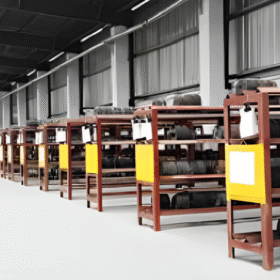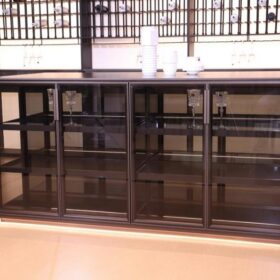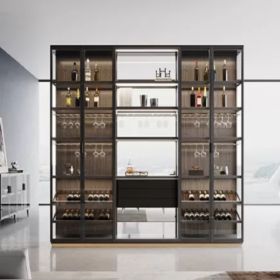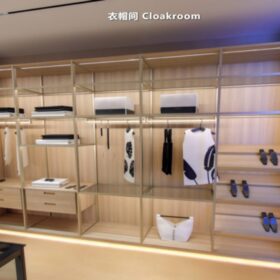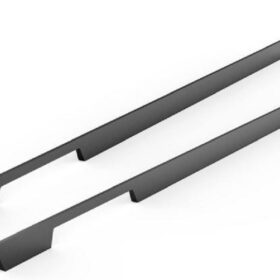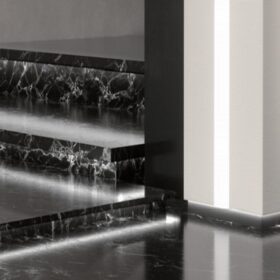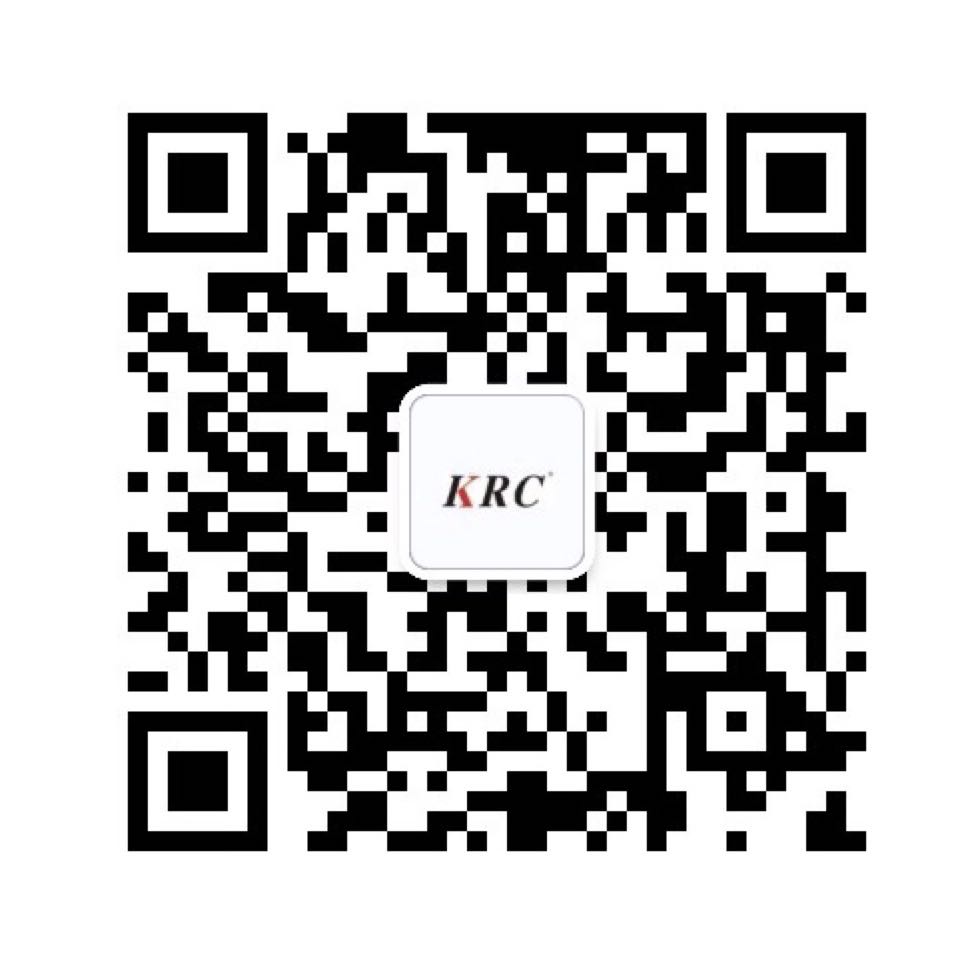Safety Considerations with Aluminum Door Frame Profiles
Safety Considerations with Aluminum Door Frame Profiles: Enhancing Building Integrity
Introduction:
In the realm of construction, the safety and well-being of occupants are paramount. Aluminum door frame profiles, the skeletal framework supporting doors, play a crucial role in ensuring structural integrity and occupant protection. This article delves into the safety considerations associated with aluminum door frame profiles, highlighting critical aspects that warrant attention.
Structural Stability and Strength:
Aluminum, renowned for its strength-to-weight ratio, is widely employed in door frame profiles. However, it is essential to ensure that the profiles are designed with adequate thickness and reinforcement to withstand external forces such as impact, wind loads, and seismic activity. Proper anchoring and connection to the surrounding structure are also vital to maintain structural stability.
Fire Resistance:
In the event of a fire, fire-rated door frames are crucial for containing the flames and preventing their spread. Aluminum door frame profiles can be treated with fire-retardant coatings or filled with intumescent materials that expand when exposed to heat, creating a barrier against fire propagation.
Acoustic Performance:
In noisy environments, such as busy streets or commercial spaces, acoustic performance becomes a critical consideration. Door frame profiles designed with soundproofing insulation or damping materials help to reduce noise transmission into the room, ensuring a more comfortable and tranquil indoor environment.
Corrosion Resistance:
Aluminum’s natural resistance to corrosion is an advantage in door frame profiles. However, exposure to certain corrosive elements, such as saltwater or industrial pollutants, requires additional protective measures. Coatings, such as powder coating, anodizing, or electrophoresis, can significantly enhance the corrosion resistance of aluminum door frame profiles.
Safety Glazing:
Glass is often used in door frames, and safety regulations mandate the use of tempered or safety glass to prevent injuries from breakage. Door frame profiles should be designed to accommodate safety glazing, allowing for proper support and installation to minimize the risk of accidents.
Conclusion:
Safety considerations with aluminum door frame profiles are multifaceted, encompassing structural stability, fire resistance, acoustic performance, corrosion resistance, and safety glazing. By addressing these aspects meticulously, architects and builders can create safe, durable, and aesthetically pleasing buildings that provide a conducive and secure indoor environment for occupants.
Keywords:
Aluminum door frame profiles
Structural stability
Fire resistance
Acoustic performance
Corrosion resistance
Safety glazing
Building safety
-
2024-11-29Top Trends in Modern Kitchen Cabinet Pulls for 2024
-
2024-11-28The Ultimate Guide to Modern Kitchen Cabinet Pulls- Materials, Styles, and Tips
-
2024-11-27Elevate Your Kitchen Design with These Must-Have Modern Cabinet Pulls
-
2024-11-26Sleek and Stylish- The Best Modern Kitchen Cabinet Pulls for a Contemporary Look

